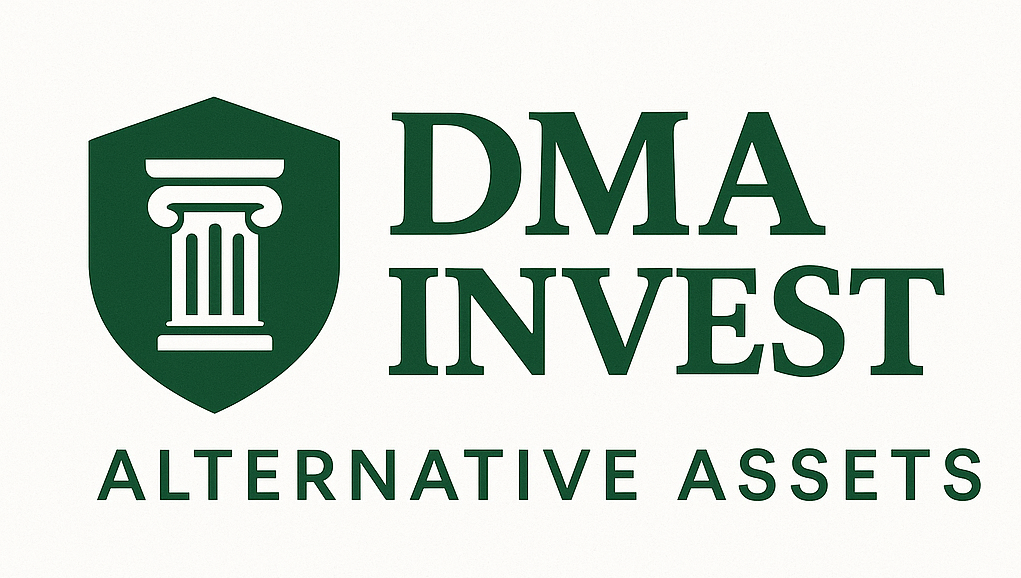
Growth (2020-2024):
- 2021 Peak: Record fundraising ($1.2tn) and deal value ($1.1tn), fueled by low rates and tech/growth investments.
- 2023 Slowdown: Deal volume ↓15% YoY; exits stalled due to valuation gaps and high rates.
- Sector Shifts: Tech dominance continues (AI, SaaS); rising interest in energy transition and healthcare.
- Key Risks: Portfolio markdowns, prolonged holding periods, refinancing risk (debt maturity walls).
Sanctions Impact:
- Foreign Private Equity exit frozen (no IPO/M&A routes).
- Domestic funds now dominate, targeting "friendly" investors (Asia, Gulf).
- Focus on import substitution (agritech, pharma, logistics) and defense-linked industrials.
- Deal values ↓70%+ since 2021; minority stakes and debt restructuring prevail.
- Challenges are Currency controls, legal ambiguity, and zero international capital.
Pre-2022 Strength: Tech/innovation hub (skilled labor, universities) attracting VC/PE.
Post-2022 Reality:
- Brain drain (tech talent exodus); defense/industrial focus replaces tech.
- Deals driven by state-backed entities supporting strategic sectors.
- Outlook: Survival hinges on government capital; innovation ecosystem severely damaged.
Attribute | Private Equity | vs. Real Estate | vs. Infrastructure | vs. Commodities |
Return Potential | High (20%+ IRR target) | Lower (core: 6-9% IRR) | Moderate (8-12% IRR) | Speculative (no yield) |
Liquidity | Very Low (10+ yr lockups) | Illiquid (direct assets) | Very Low (30-yr assets) | High (futures) |
Control/Influence | High (board seats, ops control) | Limited (passive leases) | Moderate (concessions) | None |
Income | None (back-ended returns) | Stable yield (rents) | Stable yield (PPAs/tolls) | None |
Risk Drivers | Execution, leverage, exit timing | Tenant, interest rate, location | Regulation, political | Geopolitical, macro |
Operational Burden | High (active portfolio management) | Moderate (asset management) | Low (long-term contracts) | Low (futures) |
Inflation Hedge | Weak (exit multiples compress) | Strong (rent escalations) | Strong (CPI-linked) | Strong (hard assets) |
Key Russian/St. Petersburg Nuances:
Private Equity Pros:
- Access to strategic assets (e.g., critical tech/industries) at distressed valuations.
- State co-investment reduces capital risk.
- Zero exit options: Sanctions block sales to global buyers; domestic buyers lack capital.
- Geopolitical overhang: Assets at risk of nationalization or secondary sanctions.
- Currency risk: RUB volatility distorts valuations.
- St. Petersburg: Tech talent drain cripples growth-stage opportunities;
Private Equity offers the highest return potential among alternatives but demands patience, expertise, and tolerance for illiquidity. In Russia, it operates in a sanctions-induced vacuum, reliant on state capital and domestic buyers. Exits are virtually impossible, turning Private Equity into a multi-decade "forced hold." For Saint Petersburg, the loss of its innovation ecosystem relegates Private Equity to defensive sectors (industrials), with returns capped by political risk.
Compared to alternatives:
- PE’s operational control contrasts with real estate’s passivity.
- Its lack of income differs from infrastructure’s stable yields.
- In Russia, Private Equity’s illiquidity and political risk exceed even real estate’s challenges.
- Only suited for: Specialized investors with local networks, multi-decade horizons, and appetite for quasi-political ventures.
Contact Us, let's discuss your project!
email: info@dma-invest.com
Address: St. Petersburg, 191123, Zakharyevskaya st., 25 letter A, premises. 21-n, office 508
St. Petersburg, 191123, Zakharyevskaya st., 25 letter A, premises. 21-n, office 508
Russian Federation
Tel: +79052255567
email: info@dma-invest.com

